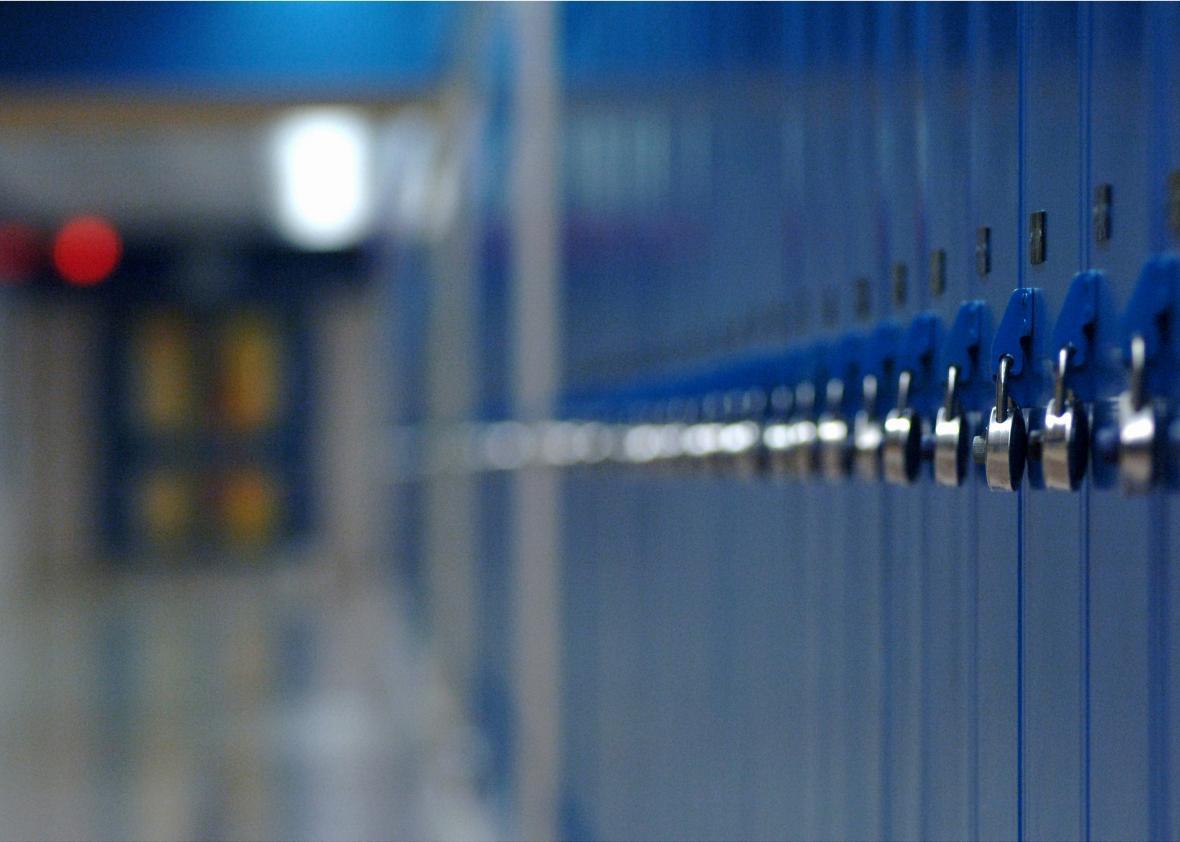Modern education reformers often repeat the idea that simply throwing more money at public schools isn’t enough to improve them. As Eric Hanushek, an economist at Stanford’s conservative Hoover Institution who’s done a great deal of academic writing on the subject, puts it, “We know that there’s not much relationship between spending and performance.” Rather than funnel more dollars to public education, the thinking goes, we need to change how funding gets used (which, in the minds of many, means strict standards enforced by a boatload of testing, plus weaker teachers unions).
But what if simply throwing more money at schools actually is a reasonable approach? A couple of interesting recent studies suggest it might be. Both look at what’s happened to school districts following court decisions that forced states to increase their funding. The most recent, a working paper from economists at the University of California–Berkeley and Northwestern University, finds that in the wake of such judicial decisions, test scores gradually improved for pupils in low-income districts, both in absolute terms and relative to their peers in wealthier districts. The improvements in student achievement were fairly large and, according to some of their calculations, pretty cost-effective.
“Our results thus show that money can and does matter in education,” authors Julien Lafortune, Jesse Rothstein, and Diane Whitmore Schanzenbach write. “School finance reforms are blunt tools, and some critics … have argued that they will be offset by changes in district or voter choices over tax rates or that funds will be spent so inefficiently as to be wasted. Our results do not support these claims. Courts and legislatures can evidently force improvements in school quality for students in low-income districts.”
Another paper, published late last year in the Quarterly Journal of Economics, comes from a different team at Berkeley and Northwestern and looks at how outcomes like high school graduation rates, adult earnings, and poverty rates seem to be related to increases in school funding. The authors, C. Kirabo Jackson, Rucker Johnson, and Claudia Persico, conclude:
[A] 10 percent increase in per-pupil spending each year for all twelve years of public school leads to 0.31 more completed years of education, about 7 percent higher wages, and a 3.2 percentage-point reduction in the annual incidence of adult poverty; effects are much more pronounced for children from low-income families. Exogenous spending increases were associated with notable improvements in measured school inputs, including reductions in student-to-teacher ratios, increases in teacher salaries, and longer school years.
This finding is important on two levels. First, schools seem to use their new funding in reasonable ways—smaller classes, longer school years, and better paid teachers—rather than wasting it all on, say, layers and layers of administration. Second, they get results.
I’m not trying to suggest these papers are suddenly the last word on this subject, which has been debated at least since the 1960s. Hanushek, for his part, has questioned them (he gets pretty heated):
If a ten percent increase yields the results calculated by Jackson, Johnson, and Persico, shouldn’t we have found all gaps gone (and even reversed) by now due to the actual funding increases? And, even with small effects on the non-poor, shouldn’t we have seen fairly dramatic improvements in overall educational and labor market outcomes? In reality, in the face of dramatic past increases in school funding, the gaps in attainment, high school graduation, and family poverty have remained significant, largely resisting any major improvement. And, the stagnating labor market performance for broad swaths of the population has captured considerable recent public and scholarly attention.
Still, this new wavelet of research should at the very least weaken the by-now-conventional wisdom that cash alone can’t ease the problems that ail our education system. Maybe money is a solution, after all.
